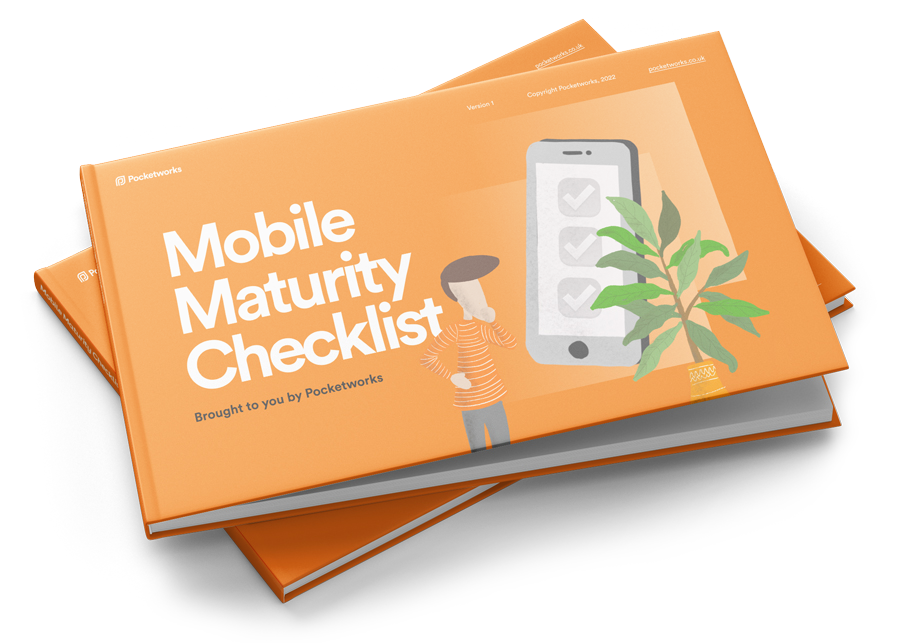There are a few great design insights from McLaren that any digital business could draw from. We take a quick look at how their car design approach could help organisations needing to become more digital.
Pencil, Clay and Virtual Reality
McLaren designers create prototypes to explore their ideas. Prototypes are an efficient tool that designers use to test their designs and get feedback without having to invest in expensive development.
Firstly, the McLaren team create low-fidelity prototypes using just pen and paper. You'll have probably seen sketches of concept cars before in the press. Pen and paper can only go so far, so the designers also use clay to create more high-fidelity models that make it easier to appraise the physical form of a car design. Finally, they create virtual reality computer simulations of the car so they can experience it in the most realistic way possible without actually having to build it for real.
The way do VR is amazing, by the way. They decided to approach a VR game development company to build their VR tools because the existing tech on the market wasn't good enough for their needs. They effectively built their own VR platform to prototype their cars so they could experience them with more realism than ever, without actually having to build them.
Low-cost prototyping is a good thing to do for any product. And testing prototypes is a great way to gather data that you can feedback into your product development cycle. For example, you can use them to explain ideas to colleagues, or even test ideas on customers for early feedback. Super valuable stuff.
This may be obvious, but so many businesses fall into the feature-trap and just end up specifying products to build without going through this explorative process. If you're leading digital products, make sure there's room to create and test prototypes. You'll get tons of value and better results.
Design for the user
McLaren put the driver at the centre of the design process. From the sound of the engine to the design of the cockpit. They start off with a mindset where they want to create an amazing experience for their drivers, and that then drives their design decisions.
In the digital world, this is called user-centred design. It's helping companies set themselves apart. Gartner's research shows that organisations taking this approach are leaping ahead of their competitors. User-centred design entails involving people in the process. For example, by conducting user research to understand pains and needs. Or by carrying out user testing to find out where people will struggle with your product.
In a world where everyone wants to transform to become a more digital business, this is exactly the mindset you need.
The cherry on the cake
To top that all off, McLaren doesn't just design products that drivers find amazing to drive and interact with. They also design jaw-droppingly beautiful cars.
In the digital world, appearances count too. A visually attractive digital product is worth investing in because it tells people they are about to have a nice experience. This will help them be more receptive to your product. In turn, this will reduce the number of people abandoning it too soon.
Hope this was useful. You can read more about the McLaren design process here.

